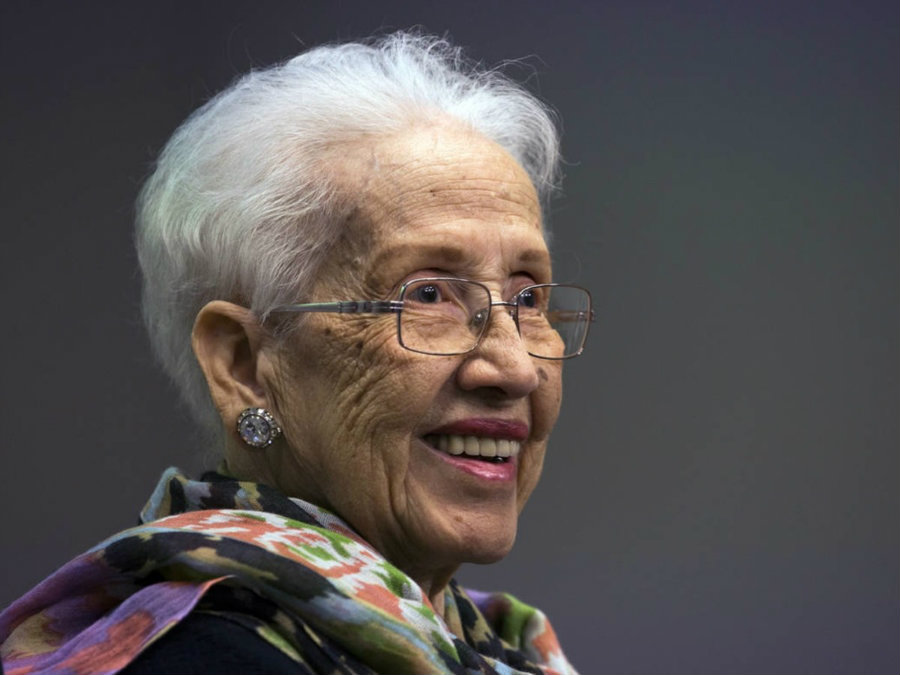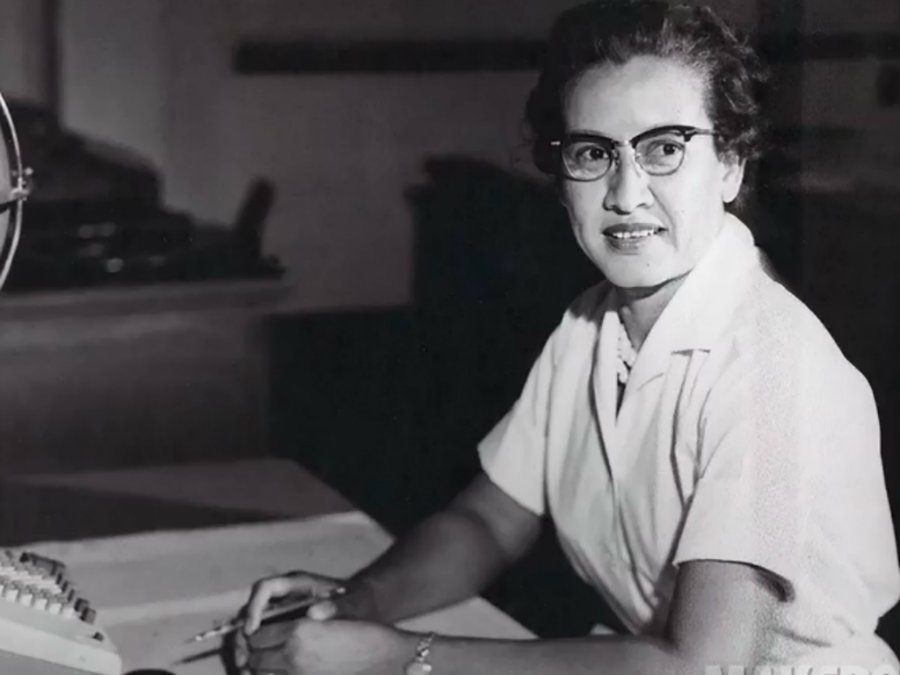NASA decided to honor Katherine Johnson naming a new facility after her. Johnson is an African American women who worked in the agency decades ago and whose remarkable math abilities and hard work inspired the movie “Hidden Figures.”
The new facility is a 37,000-square-foot lab destined for innovative research and development. It will support NASA on its exploration missions. The facility is energy efficient, and it is located at the Langley Research Center in Hampton, Virginia. It is worth $23-million.

“You want my honest answer? I think they’re crazy,” said an excited Katherine Johnson regarding NASA’S honor. “I was excited at something new, always liked something new, but give credit to everybody who helped. I didn’t do anything alone but try to go to the root of the question and succeeded there.”
Johnson: ‘it was a piece of cake’
According to NASA, Katherine Johnson was like a “human computer” when she worked at the Langley Research Center in the 1960s. Her work helped her nation, and for that, she has received many acts of gratitude. In November 2015, Johnson received the Presidential Medal of Freedom from Barack Obama when she was invited to the White House. Now, NASA is naming a new super modern facility after her. The Katherine G. Johnson Computational Research Facility opened Friday after a ceremony. Margot LE Shetterly, the author of the book “hidden figures” – which tells the story of Johnson and other intelligent Afro-American women at NASA – said that Johnson deserved this honor.
Obama joked that time saying: “If you think your job is pressure-packed, hers meant that forgetting to carry the one might send somebody floating off into the solar system.”
Johnson, who is now 99, felt deeply honored by this recognition and joked saying “it was a piece of cake” all the math she had to do during her time in NASA, which shows her incredible math skills.
Johnson counted absolutely everything
Johnson is mostly known for being the mathematician who calculated the trajectory of the first American trip to space in 1961 and for being the one who also made the calculation required for John Glenn who became the first American astronaut to circle the globe in 1962.
Johnson was born in 1918 in White Sulphur Springs, West Virginia. In that time, education for black people ended in eighth grade. However, she showed brilliance and an incredible talent for mathematics since she was very young and her parents noticed it. That is why they sent young Katherine to high school on the campus of West Virginia State Institute, a black college that was about 100 miles away. Katherine graduated from high school at age 14 and from West Virginia State in 1937 at 18 with the highest honors. It was one of the most important and relevant moments of her life.

“I counted the steps,” she said in an oral history archived by the National Visionary Leadership Project. “I counted the plates that I washed. And I knew how many steps there were from our house to church.”
As many African American women of that time, she began teaching at a black public school in Virginia. West Virginia State’s president Dr. John W. Davis selected Katherine and two male students to be part of the state’s flagship school, West Virginia University. Katherine, knowing it was a once in a lifetime opportunity, left her teaching job and enrolled in the graduate math program. However, she couldn’t finish it, because she decided to start a family with her husband.
She worked for NASA for more than three decades
When her three daughters were old enough, she agreed to continue teaching. In 1952, a relative told her about open positions at the all-black West Area Computing section at the National Advisory Committee for Aeronautics’ (NACA’s) Langley laboratory. West Virginian Dorothy Vaughan headed the area, the other hidden figure reflected in the movie.
Katherine’s family moved with her to Newport News to pursue the opportunity. She started working there in the summer of 1953. There have passed only two weeks since she began in the position where she was assigned to a project in the Maneuver Loads Branch of the Flight Research Division. There, she spent four years analyzing data from flight tests and investigation about plane crashes caused by wake turbulence. While she was working there, her husband died of cancer.
It all changed when the Soviet satellite Sputnik got to the space placing first in the space race. That led to the transformation of the NACA into today’s NASA. In 1962, she had her golden opportunity when NASA was preparing for the orbital mission of John Glenn, who would ask for Johnson so she could do all the complicated calculations. Glenn’s trip was a success and made the United States advance in the space race.
“If she says they’re good,’” Katherine Johnson remembers the astronaut saying, “then I’m ready to go.”
Johnson retired in 1986, after thirty-three years at Langley. She said she loved having to go to work every day.
Source: NASA
